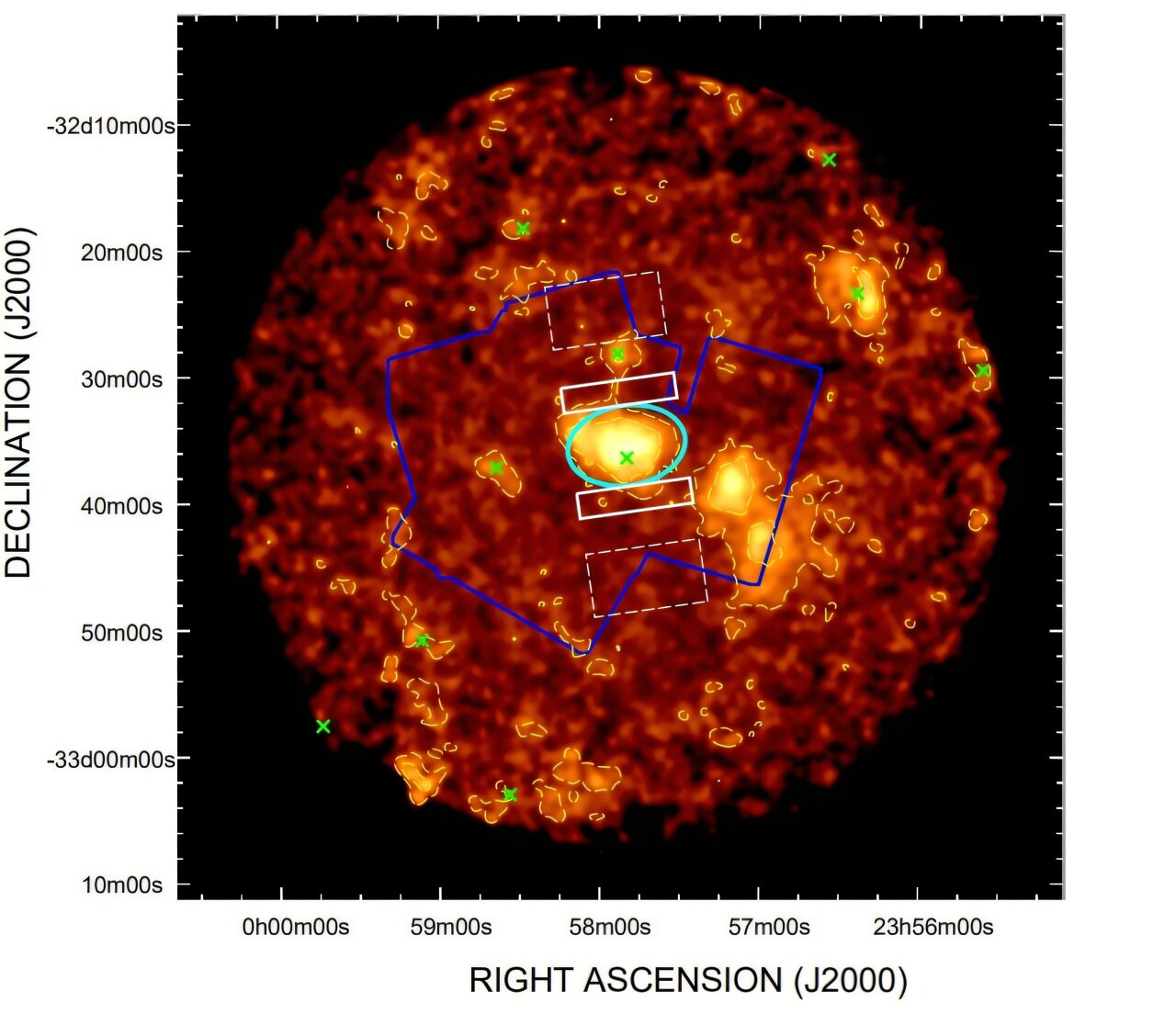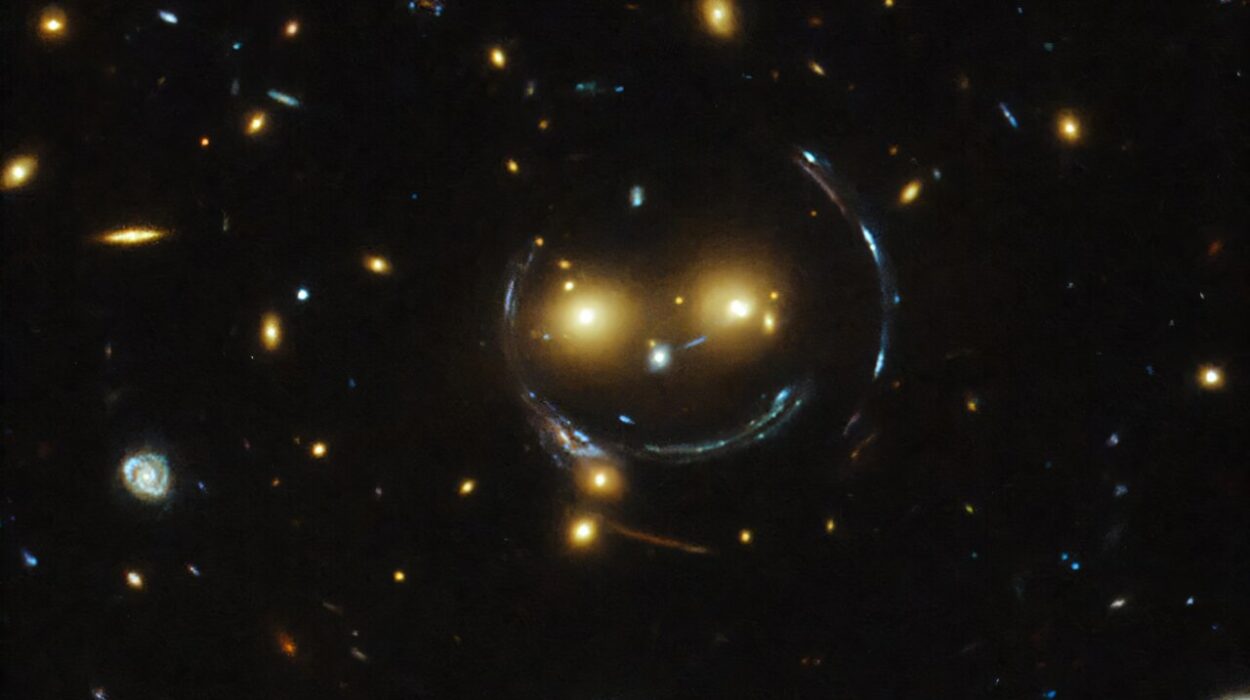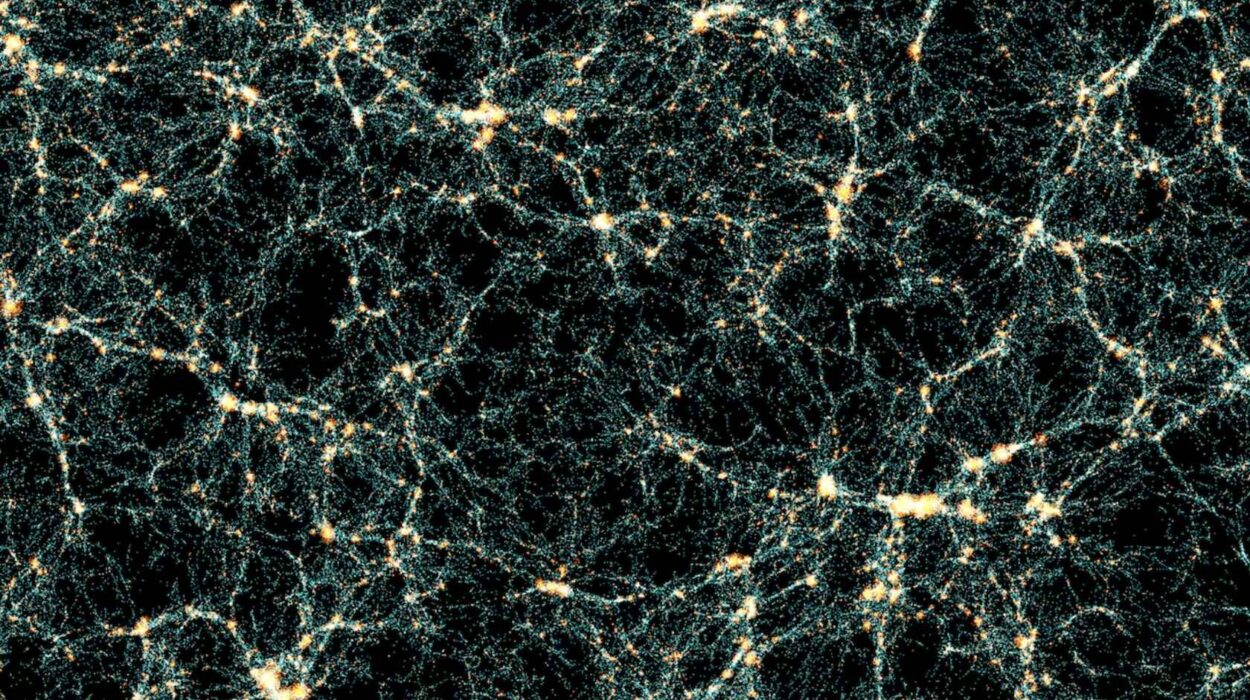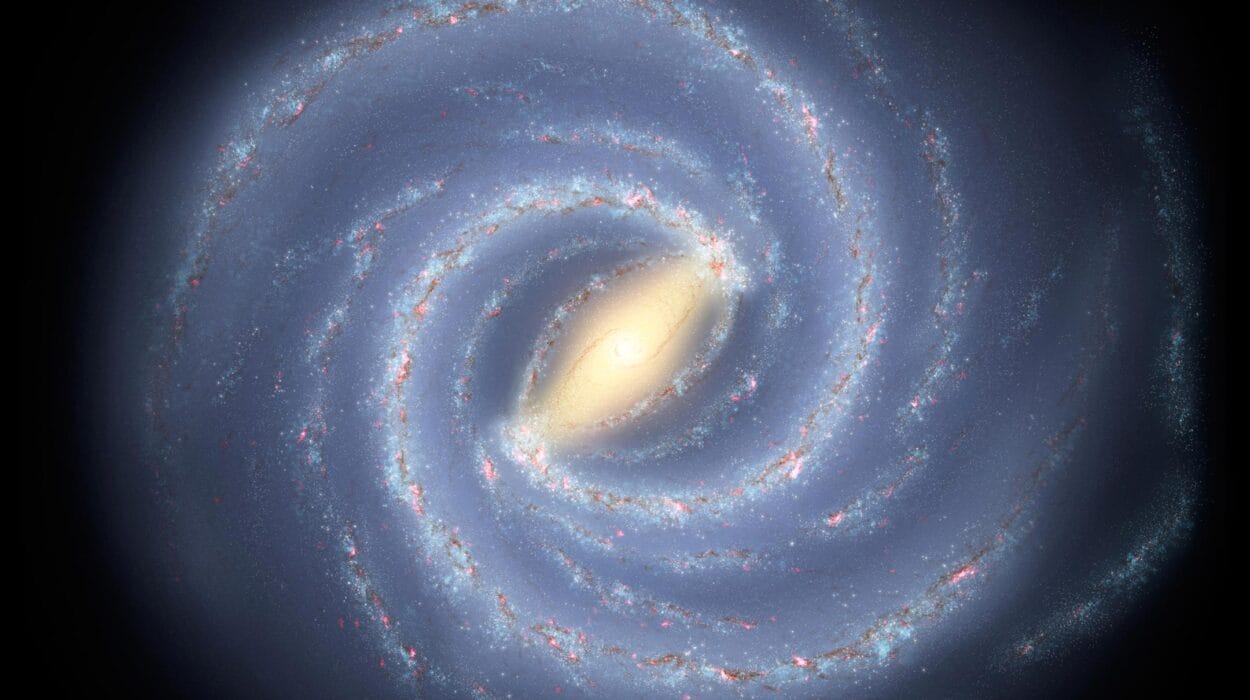The vastness of the universe is brimming with secrets waiting to be unraveled, and every new astronomical study brings us closer to understanding the cosmic tapestry. In a groundbreaking investigation, a team of Chinese astronomers, led by Lin He from Nanjing University, has delved deep into the enigmatic X-ray emissions of NGC 7793, a nearby spiral galaxy. Their findings, based on observations from the Spektr-RG and Chandra space observatories, provide critical insights into the galaxy’s hot gaseous halo—a mysterious and often overlooked component of galactic evolution.
NGC 7793: A Cosmic Jewel in the Sculptor Group
Situated 12.2 million light-years away, NGC 7793 is a member of the Sculptor Group, one of the closest galaxy clusters to the Milky Way. This unbarred spiral galaxy, with a modest diameter of about 30,000 light-years, hosts a stellar mass of approximately 3.2 billion solar masses. Despite being one of the brightest galaxies in its group, its hot circumgalactic medium (CGM)—the vast halo of diffuse gas surrounding the galaxy—has remained largely unexplored in the X-ray spectrum.
Although astronomers have studied NGC 7793 for over two centuries, much of their focus has been on its stellar structure and interstellar medium. However, its diffuse X-ray emission, particularly from its extraplanar regions, has remained elusive—until now.
The Power of Spektr-RG and Chandra: Unlocking X-ray Mysteries
To investigate the hot gaseous halo of NGC 7793, Lin He and colleagues turned to two of the most powerful X-ray observatories available:
- Spektr-RG’s eROSITA telescope, an advanced Russian-German mission designed to conduct deep sky X-ray surveys.
- Chandra’s Advanced CCD Imaging Spectrometer (ACIS), a high-resolution X-ray instrument capable of detecting faint emissions from distant cosmic sources.
By analyzing early-released eROSITA data and archival Chandra observations, the researchers constructed a detailed picture of the diffuse soft X-ray emission in and around NGC 7793. Their findings, now published on March 13, 2024, on the arXiv preprint server, reveal significant new details about the nature of this galaxy’s hot circumgalactic medium.
A Hot Halo Around NGC 7793: New Discoveries in X-ray Emissions
Extraplanar X-ray Emission: Evidence of a Hot Halo
One of the most exciting revelations from the study is the detection of extraplanar X-ray emission—a clear indication that NGC 7793 harbors a hot gaseous halo. The astronomers observed this diffuse soft X-ray glow in two energy bands:
- 0.4–2.3 keV (eROSITA)
- 0.5–2 keV (Chandra)
The emission was found extending on both sides of the galactic plane, confirming the presence of a halo of hot, ionized gas surrounding the galaxy. This diffuse, high-temperature plasma plays a crucial role in the galaxy’s lifecycle, regulating star formation and influencing the exchange of matter between the galaxy and its surroundings.
A Peculiar Dip in Radial Profiles: A Bubble or a Fluctuating Medium?
One of the more puzzling findings of the study is an unexpected dip in the radial profiles of X-ray emissions. This anomaly, more pronounced in higher energy bands, cannot be explained by simple neutral hydrogen absorption.
So, what causes this dip? The researchers propose two intriguing possibilities:
- A Bubble-like Structure: A past energetic event—possibly from supernova explosions or stellar winds—might have created a void in the hot gas distribution.
- A Fluctuating Intragroup Medium: As NGC 7793 resides at the western edge of the Sculptor Group, interactions with the surrounding intergalactic medium could be shaping its hot gas halo in unexpected ways.
Further studies, possibly with future X-ray observatories, will be needed to decipher the true cause of this unusual feature.
Temperature and Mass of the Hot Gas
The research team estimated that the hot gas surrounding NGC 7793 has a temperature of approximately 0.18 keV (equivalent to 2.1 million degrees Kelvin). While this might seem extreme by Earthly standards, it is typical for the hot interstellar medium found in spiral galaxies.
The total mass of this hot gas is estimated to be around 10 million solar masses, a significant amount considering the relatively small size of NGC 7793 compared to more massive spiral galaxies like the Milky Way.
X-ray Luminosity and Star Formation Connection
The unabsorbed X-ray luminosity of NGC 7793’s hot gas in the 0.5–2 keV band is measured to be approximately 130 undecillion erg/s (1.3 × 10³² erg/s). This staggering amount of energy strongly suggests that stellar feedback—the energy and material expelled by young, massive stars—is playing a dominant role in shaping the hot gaseous halo.
The study supports the idea that continuous star formation within the galaxy actively replenishes and heats the surrounding gas. This insight helps astronomers understand how spiral galaxies like NGC 7793 regulate their star formation and manage the flow of gas between their disks and halos.
Future Exploration: What’s Next for NGC 7793?
While the new study has unveiled crucial details about the hot circumgalactic medium of NGC 7793, the researchers emphasize the need for further investigations to refine our understanding.
One promising avenue for future research is the Hot Universe Baryon Surveyor (HUBS), a next-generation X-ray microcalorimeter. This instrument, currently in development, will allow astronomers to conduct high-resolution spectroscopy of the hot gas around galaxies like NGC 7793, helping to unravel the complex physical processes governing their evolution.
Additionally, future observations with the X-ray Imaging and Spectroscopy Mission (XRISM) and the proposed Lynx X-ray Observatory could provide unprecedented detail on the temperature, metallicity, and distribution of the hot circumgalactic gas, shedding further light on the lifecycle of baryonic matter in spiral galaxies.
Conclusion: A Step Closer to Understanding Galactic Evolution
The discovery of NGC 7793’s hot gaseous halo represents a significant step forward in our quest to understand the complex interplay between galaxies and their environments. By leveraging the combined power of Spektr-RG and Chandra, Lin He and his team have provided valuable insights into the X-ray properties of low-mass spiral galaxies and their role in the cosmic ecosystem.
These findings reinforce the importance of stellar feedback in shaping the hot gas surrounding galaxies, a key factor in galaxy formation and evolution. As technology advances and new space telescopes come online, our view of the hot, dynamic universe will only become clearer—bringing us ever closer to unlocking the deepest mysteries of the cosmos.
Reference: Lin He et al, Probing the Hot Gaseous Halo of the Low-mass Disk Galaxy NGC 7793 with eROSITA and Chandra, arXiv (2025). DOI: 10.48550/arxiv.2503.10087






